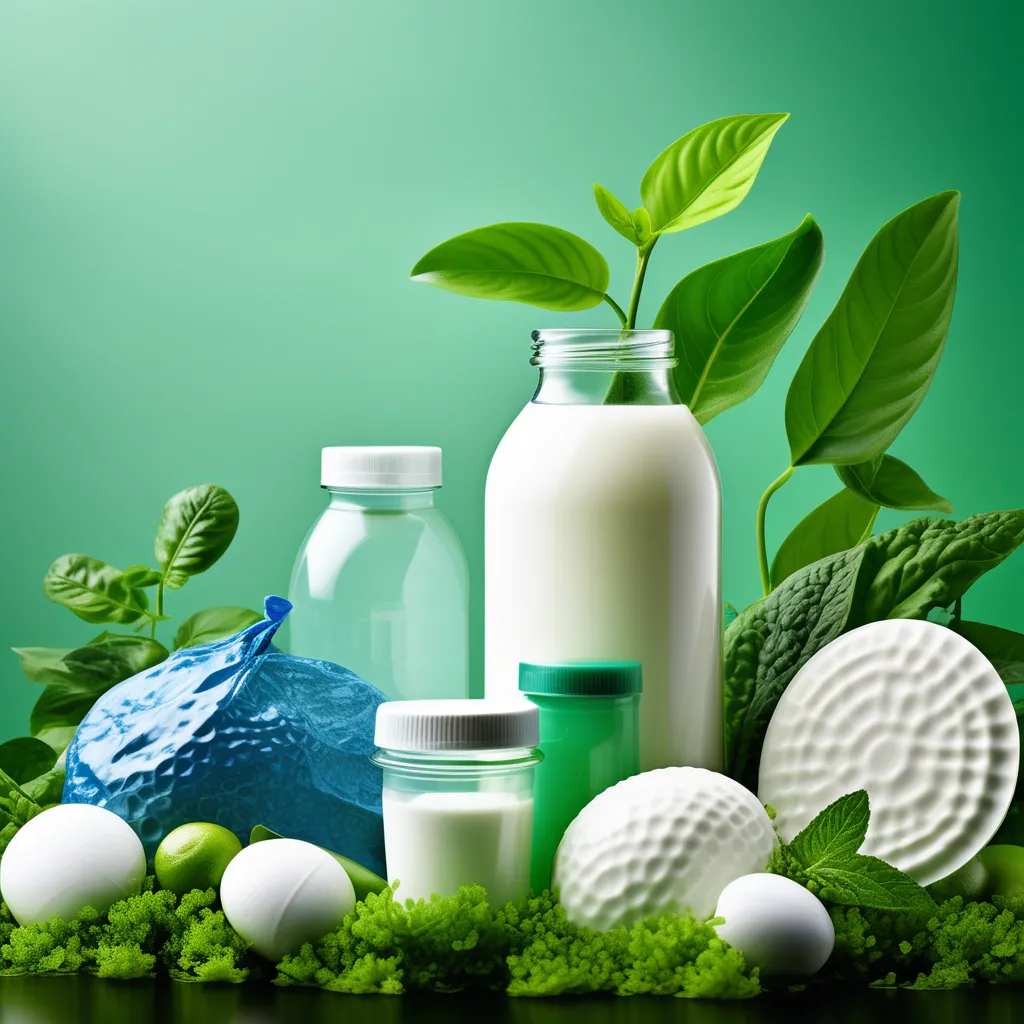Embracing Green Innovation: The Rise of Bioplastics
In a world grappling with plastic pollution, where every crinkling plastic bag seems to echo a concern for our planet, a ray of hope is emerging—bioplastics. I stumbled upon this eco-friendly alternative in my quest to reduce my environmental footprint, and the journey has been nothing short of enlightening.

A Personal Awakening
Plastic Predicament
I vividly remember a beach cleanup day where the sheer volume of plastic waste washed ashore left me disheartened. Plastic bottles, bags, and fragments seemed endless, like an invasive species taking over a once-pristine habitat. That day marked a turning point, prompting me to explore ways to break free from the clutches of conventional plastics.
Bioplastics: A Beacon of Hope
Enter bioplastics, a sustainable alternative that piqued my interest. Unlike traditional plastics derived from fossil fuels, bioplastics are made from renewable resources like corn starch, sugarcane, or even algae. The prospect of a material that mimics the convenience of plastic but without the environmental baggage was intriguing.
Unpacking the Bioplastic Boom
Breaking Down the Basics
From Nature, Back to Nature
Bioplastics are designed to be biodegradable or compostable, ensuring they can naturally break down over time. Traditional plastics, on the other hand, persist for centuries, contributing to the planet's plastic woes.
Versatility at its Core
Bioplastics don't just stop at being eco-friendly; they're versatile too. From packaging materials to disposable cutlery and even clothing, the applications of bioplastics span across industries, offering a sustainable twist to everyday items.
The Green revolution Gains Momentum
Corporate Commitments
Major corporations are catching on to the green wave, adopting bioplastics as part of their sustainability strategies. It's not just a PR move; it's a tangible step towards reducing the environmental impact of their products.
Bioplastics in my Daily Life
The Grocery Switch
One of the first changes I made was swapping traditional plastic bags for their bioplastic counterparts during grocery runs. Knowing that my choice didn't contribute to the enduring plastic problem brought a sense of satisfaction.
Compostable Cutlery Chronicles
Investing in compostable cutlery for picnics and office lunches was another step. The feel-good factor wasn't just about the convenience; it was about contributing to a cleaner planet.
Navigating Challenges
Addressing Concerns
While the concept of bioplastics is promising, it's not without challenges. Questions about industrial-scale production, recycling infrastructure, and the actual environmental impact of certain bioplastics remain open. It's essential to approach this green transition with a discerning eye.
The Future Looks Green
Growing Innovations
In my exploration, I've come across innovative strides in bioplastic research. From seaweed-derived plastics to those made from agricultural waste, researchers are constantly pushing the boundaries to create even more sustainable alternatives.
Individual Impact
A Ripple Effect
Embracing bioplastics in my life might seem like a drop in the ocean, but every drop creates ripples. It's about understanding the power of individual choices in steering the world towards a more sustainable future.

In Conclusion: A Greener Tomorrow
In conclusion, my journey into the realm of bioplastics has been a learning curve, filled with both optimism and caution. While the road to a plastic-free world might be long, bioplastics represent a significant stride towards a greener tomorrow. As we collectively explore alternatives and demand sustainable practices, we pave the way for a future where convenience and eco-consciousness coexist harmoniously.<

No comments:
Post a Comment